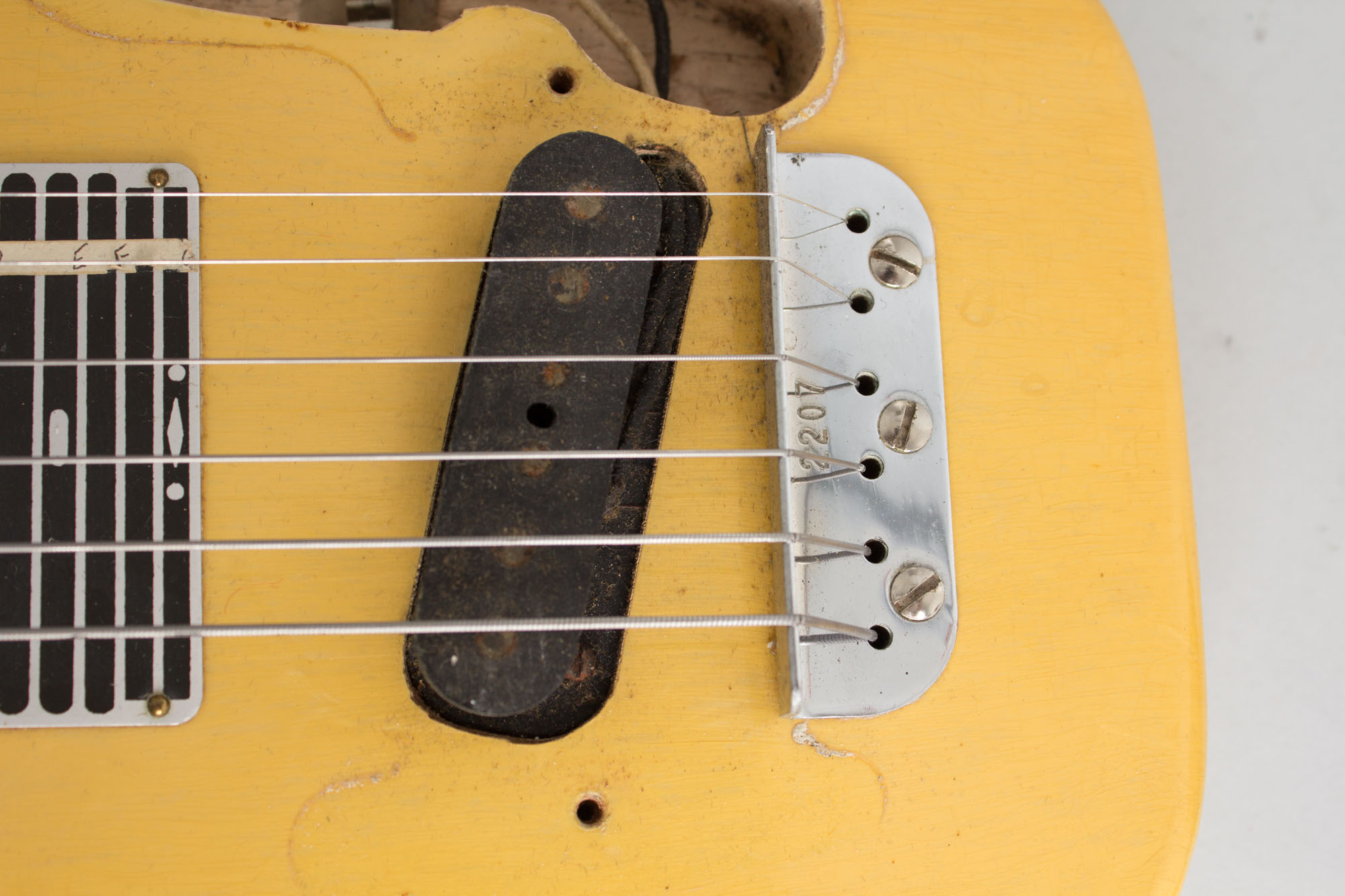

Since the system is “floating”, pitch can be raised or lowered. You just tune your guitar to pitch, then lock down the nut and bridge with an Allen wrench. It took influence from the Fender synchronized model, but in a Floyd Rose, the strings remain locked in place to prevent tuning and intonation issues. This is because it offers a very wide range of pitch change. The late, great Eddie Van Halen certainly helped to popularize it, and to this day, it remains still a gold standard for players who want more extreme effects like dive-bombing. Rose created the first locking tremolo in 1979. Whammy bars come in two main types: the detachable kind like the Fender and Floyd Rose, and those that are structurally part of the bridge, like the Bigsby. But your playing style and what you need from it will have a massive impact on which kind is right for you. It wasn’t long before other manufacturers picked up on the interest and started incorporating them into their own designs.Ī lot of players overlook the differences between each type. Originally known as the “Vibrola”, it came almost standard on the Epiphone Archtop guitars used by jazz and blues guitarists at the time. The first mechanical vibrato bridge was created and patented by Doc Kauffman in the 1930s.

But your playing style and what you need from it will have a massive impact on which kind is right for you More broadly, there are four main types – Fender floating and synchronized designs, Bigsby, and locking – like Floyd Rose and Kahler.Ī lot of players overlook the differences between each type of whammy. There are two main types of whammy bars – detachable like Fender and Floyd Rose, and those that go with a tailpiece, like a Bigsby. Getting a good tech or luthier can solve this, whether they can fix the one already on your guitar or create a new one. If the nut isn’t properly cut when the strings are manipulated like this they might not return to normal pitch correctly. Spring tension also fades with time, leading to them needing to be replaced periodically. It can also take some time off of string life due to them constantly being stretched. This will come as no surprise, but cheap guitars go out of tune a lot faster than guitars of high quality. While most vibrato bars can only take things down in pitch, floating designs, like the Floyd Rose, are able to raise the pitch as well by pushing the bar towards the end of the body. Via this mechanism, the player is able to quickly vary the tension, and thus pitch, of the strings. These devices working a metal arm that is attached to the bridge or tailpiece of the guitar. Companies like Floyd Rose and Kahler were not far behind. Fender would go on to perfect the early versions of whammy bars as we know them today.

The term “whammy” became common slang among musicians in the 1950s. This new design finally created a system that was useful and brought the concept of whammy bars into the mainstream. Bigsby ran with the idea and wound up inventing the first tried-and-true guitar vibrato system, one that is still used today - the Bigsby. He asked his friend, luthier and tech Paul Bigsby to fix it. These early iterations were touchy and could create severe tuning issues if they were used with any amount of passion.Īs legend would have it, Merle Travis – one of the most famous country guitarists in history – was tired of his Vibrola constantly forcing his guitar out of tune.

At the time, it was not uncommon to see it featured on archtop and lap steel guitars. The first whammy bar to appear for the guitar was Doc Kauffman’s Vibrola in the late '20s and early '30s.


 0 kommentar(er)
0 kommentar(er)
